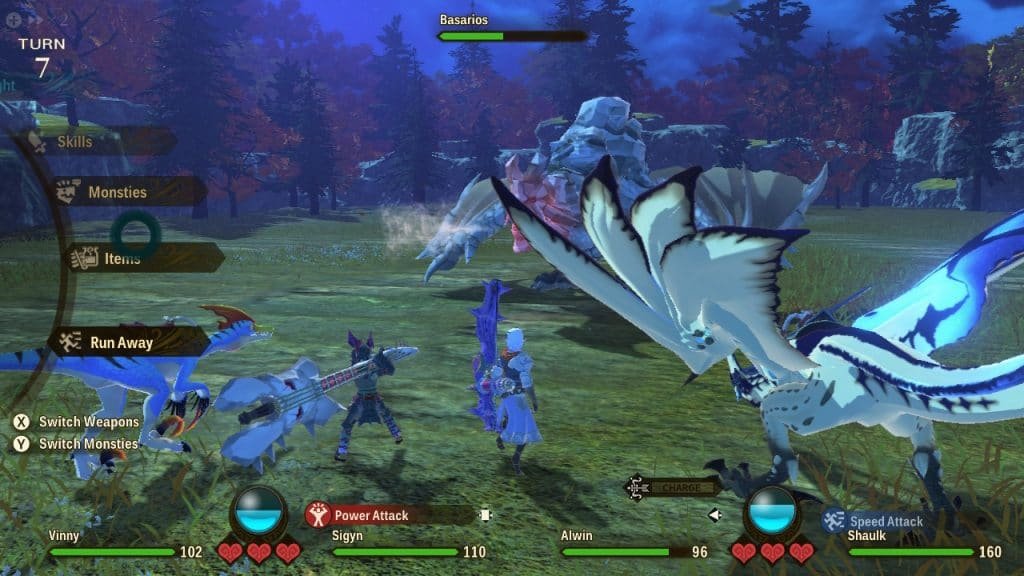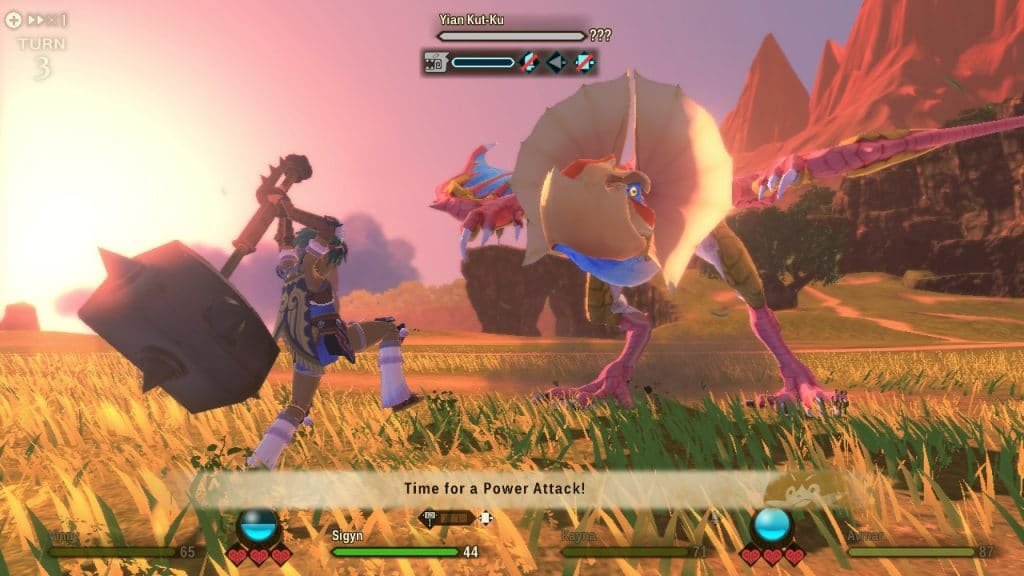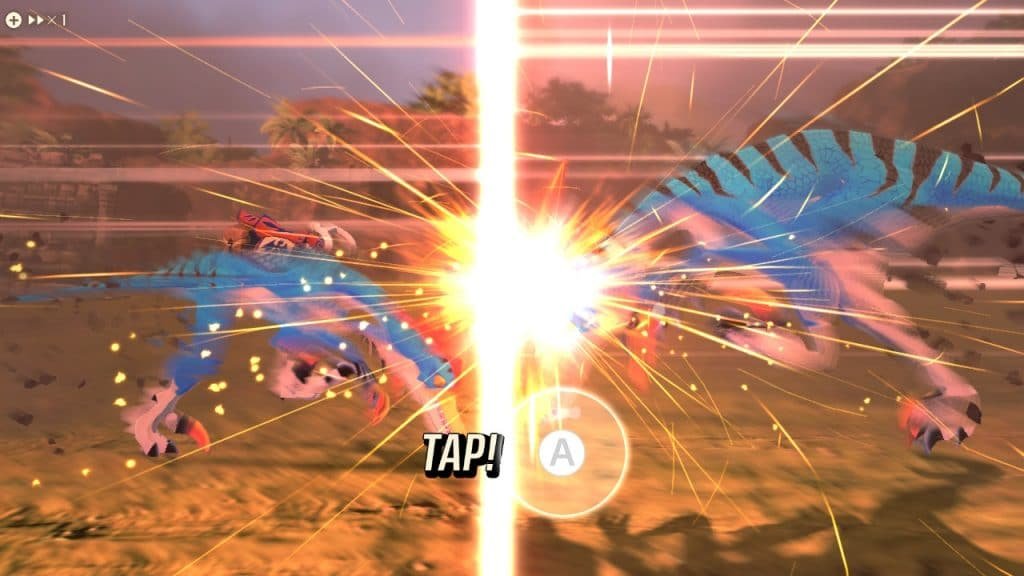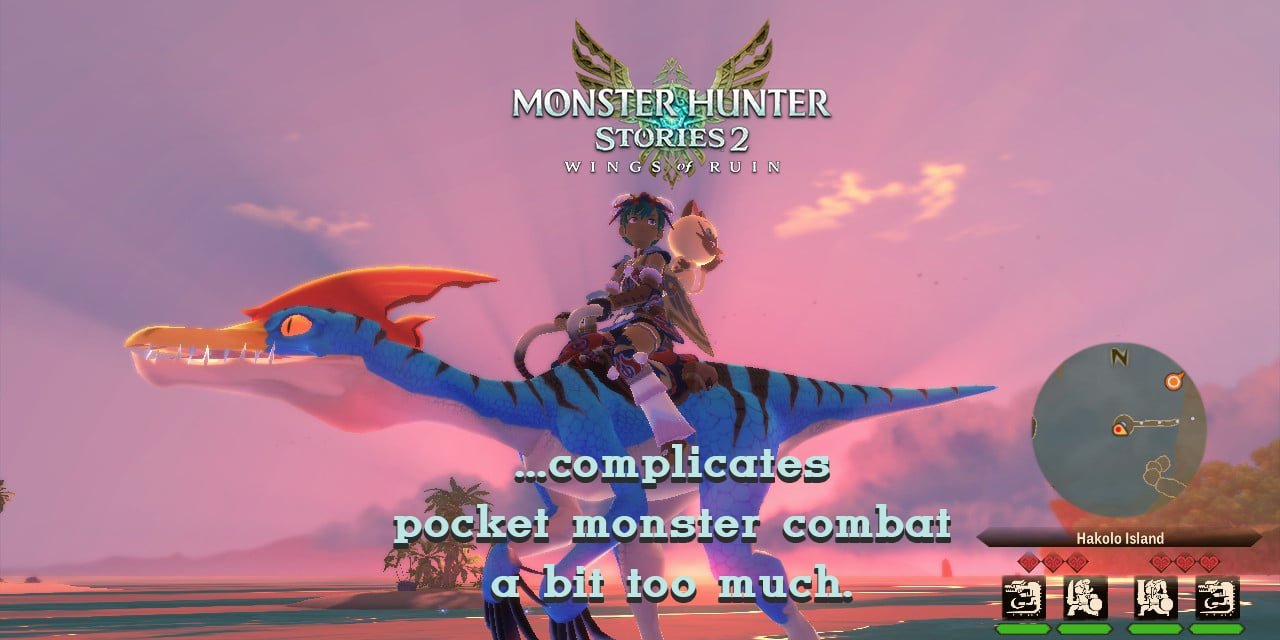Quick View
Game: Monster Hunter Stories 2: Wings of Ruin
Release Date: June 25, 2021
Price: $59.99
Rating: Everyone 10+
Platform: Switch, PC
Geek to Geek Media was provided with a review copy of this title.
The Monster Hunter franchise has been piquing my interest for years. When World was coming out I thought that it looked incredible, but the sheer number of weapons and gear systems at play seemed overwhelming. At some point, I tried out Generations on the Switch, but the movement and combat all felt too slow and deliberate, and I knew I’d never have the time for the lengthy boss fights. I tried the demo for Rise and bounced off of it almost immediately because it just didn’t feel like the kind of action game I wanted it to be.
It was always clear that this was a great series of games that just didn’t click with me for some reason.
When I saw the announcement for Monster Hunter Stories 2: Wings of Ruin, and I thought I’d finally found the Monster Hunter game for me. It was taking the giant creatures and interesting world from the mainline games and moving them over to a creature capturing and training turn-based system that looked eerily familiar… what could go wrong?
Battles Are More Involved Than Ever Before

I’ve been playing MHS2 for a few weeks now and I’m having an extremely mixed response to how it feels to play. The obvious comparison point for this game is the Pokemon franchise. This is a game where you recruit wild creatures to work alongside you in turn-based battles against other creatures. Really, though, there is more that’s different here than is the same. The team that made MHS2 has created a series of interweaving systems that makes even routine battles way more involved than Pokemon fights ever are.
Unlike Pokemon, your player character is heavily involved in the combat. In most cases, you will enter battles alongside your monster companion, or “Monstie”, along with an NPC and their Monstie. On the other side of the battle will be one or a few wild monsters. With a few exceptions, the only direct control you have in battle is over your player character, while everyone else behaves automatically.
Rock-Paper-Scissors

When you attack a target, you choose one of three attack types: Power, Speed, or Technical. Everyone else who is attacking does the same. This mostly matters when you and an enemy are targeting each other. There’s a rock-paper-scissors system at play in face-offs, and only the character with the winning attack type actually does damage.
You learn what types of attacks to use because enemy monsters all have tendencies. For instance, smaller, raptor-looking creatures will tend towards using Speed attacks. Giant reptile bears on the other hand opt for Power attacks. Your Monsties also have these same tendencies, so it’s important to make sure you’ve got the right partner matched up against your foes.
In longer battles, you might enrage the enemy monster. You’ll know this has happened because their head will light up with a red glow. In this state, they’ll switch to favoring a different sort of attack. A beast that was all about Speed before might switch to focusing on Power, which means you need to change your Monstie and your attacks to compensate.
The Right Tool for The Right Job

On top of all this, there are also three different categories of weapons: slashing, piercing, and bludgeoning. As you battle monsters you’ll learn which types work well against which monsters. A lot of the time, you can also target specific parts of a monster. Taking out the wings from an aerial foe, for instance, will drop it to the ground and limit what attacks it can do. You’ve got to keep your head on a swivel, though, because while an arrow might work great for attacking center mass on an acid-spitting beast, you might need to switch to a big ole sword to chop off its tail.
Within each category of weapon, there are two different types you can equip. For slashing damage you can have a massive greatsword or a smaller sword and shield. Bows and Gunlances both provide piercing damage. On the bludgeoning side of things, you can wield a Hammer or Hunting Horn. Each specific weapon has different extra skills you can use in battle. In general, one weapon in each class focuses on using lots of skills with small effects, while the other uses bigger skills for more damage.

There are also boatloads of individual weapons that fit within a weapon type. Almost every time you defeat a new monster you'll unlock some new weapon you can build using parts you harvest from it. Nearly every time I've gone back to town I've unlocked a new option with slightly different stats and skills that I can try out next time I go into the field.
Battles Might Be Too Involved

If that was hard to follow, it's only because it's really hard to follow in the game as well. There are so many different systems at play at all times that it can get extremely overwhelming extremely fast. When I play a Pokemon game, it's easy to fall into a basic rhythm of attacks. I'll generally step into some tall grass, glance at what wild enemy has popped up, and then I can just keep hammering the same attack over and over until it dies. Monster Hunter Stories 2: Wings of Ruin‘s battle system seems like it was designed directly to prevent that sort of gameplay.

Yes, there are plenty of weaker enemies that I've come across where I don't really need to pay attention to all of these details to fight, but it feels bad not to. After every encounter, you get a report card that gives you a higher grade based on all of the cool stuff you did in the battle. I could probably button-mash my way through a lot of the less important fights, but the whole game is designed to make those less important fights feel important.
Final Thoughts

In the end, I think I like the battle system in Monster Hunter Stories 2: Wings of Ruin. Every encounter is intense and exciting. On the other hand, the battles are so substantial that they can overwhelm the narrative of the game. Despite “Stories” being in the title, it feels like this game is just as much about long battles as the mainline games. That's led me down a path where I'm enjoying playing the game when I'm playing it, but it's almost entirely the mechanics that are keeping me engaged.
I plan to keep playing the game, but I could easily see this being one I put down for just long enough that coming back to it feels insurmountable.
Oh jeez, I just realized that I didn't even talk about using items in combat, or genetically modifying your monsters, or the bazillion and a half quests you'll have active at a time, or the button-mashing minigame, or how you can sometimes ride on your Monstie in battle, or finding bottle caps in order to bribe a talking cat, or…

